Snow leopards, often dubbed the “ghosts of the mountains,” are majestic big cats that inhabit the remote mountainous regions of Central Asia. Their striking appearance, with thick smoke-gray fur marked with black rosettes, conceals them against snowy terrain. Despite their beauty and mystery, snow leopards are increasingly vulnerable to the impacts of climate change.
Understanding Climate Change
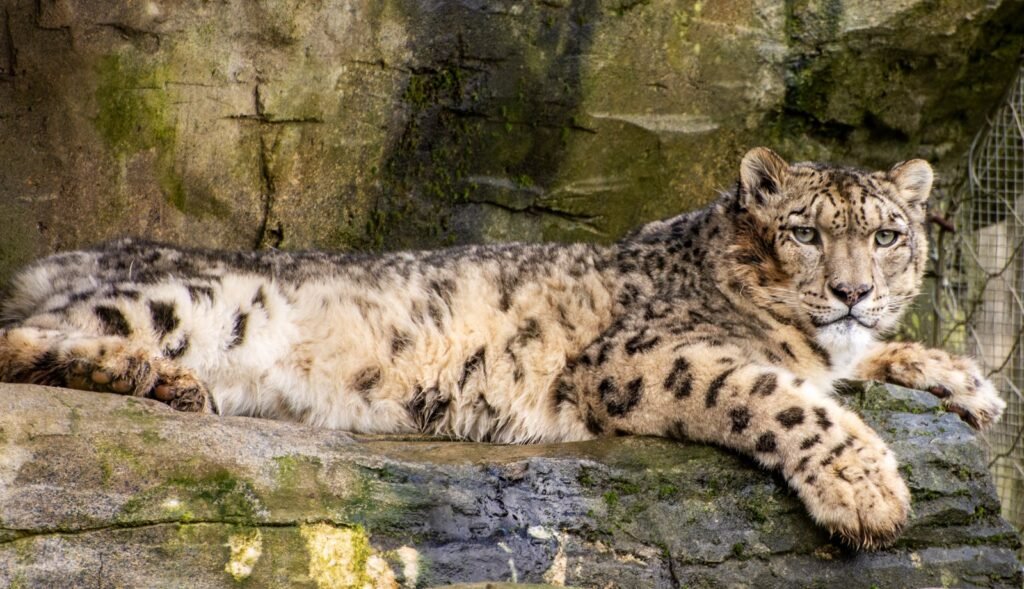
Climate change refers to long-term alterations in temperature, precipitation, and weather patterns, mainly attributed to human activities like burning fossil fuels and deforestation. These changes have far-reaching effects on global ecosystems, including the high-altitude habitats of snow leopards.
Snow Leopard Habitat and Range
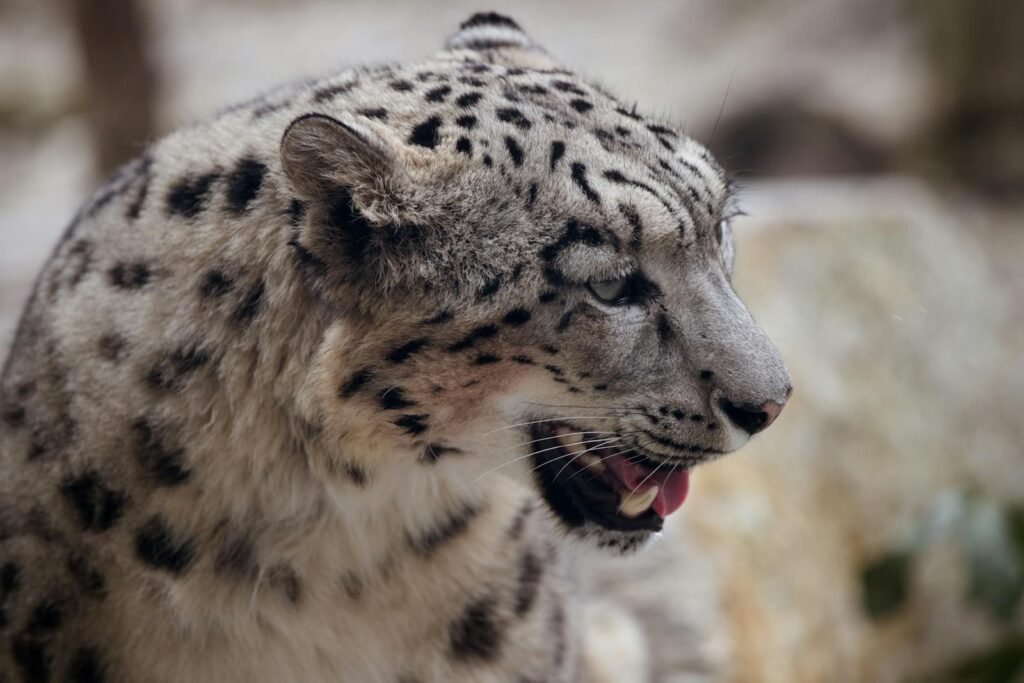
Snow leopards are native to the mountain ranges of Central Asia, including countries like China, Mongolia, India, and Russia. They predominantly thrive in alpine and subalpine zones, typically between 3,000 and 5,500 meters above sea level. These rugged terrains provide essential resources like prey species and cover for hunting.
Impact of Warming Temperatures
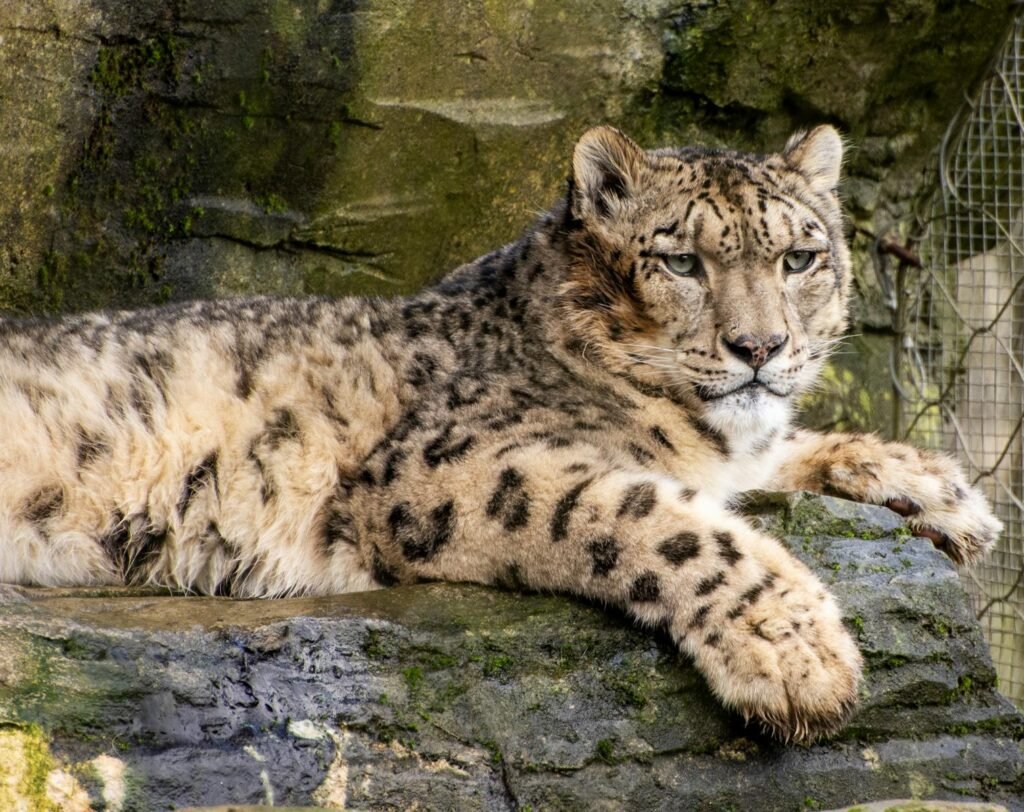
One of the primary concerns for snow leopards regarding climate change is the rise in global temperatures. Warmer temperatures can lead to habitat shrinkage as snowlines recede upward. This contraction of their natural range forces snow leopards into smaller, fragmented habitats, increasing competition for resources and elevating the risk of human-leopard conflicts.
Glacial Melt in Snow Leopard Habitats
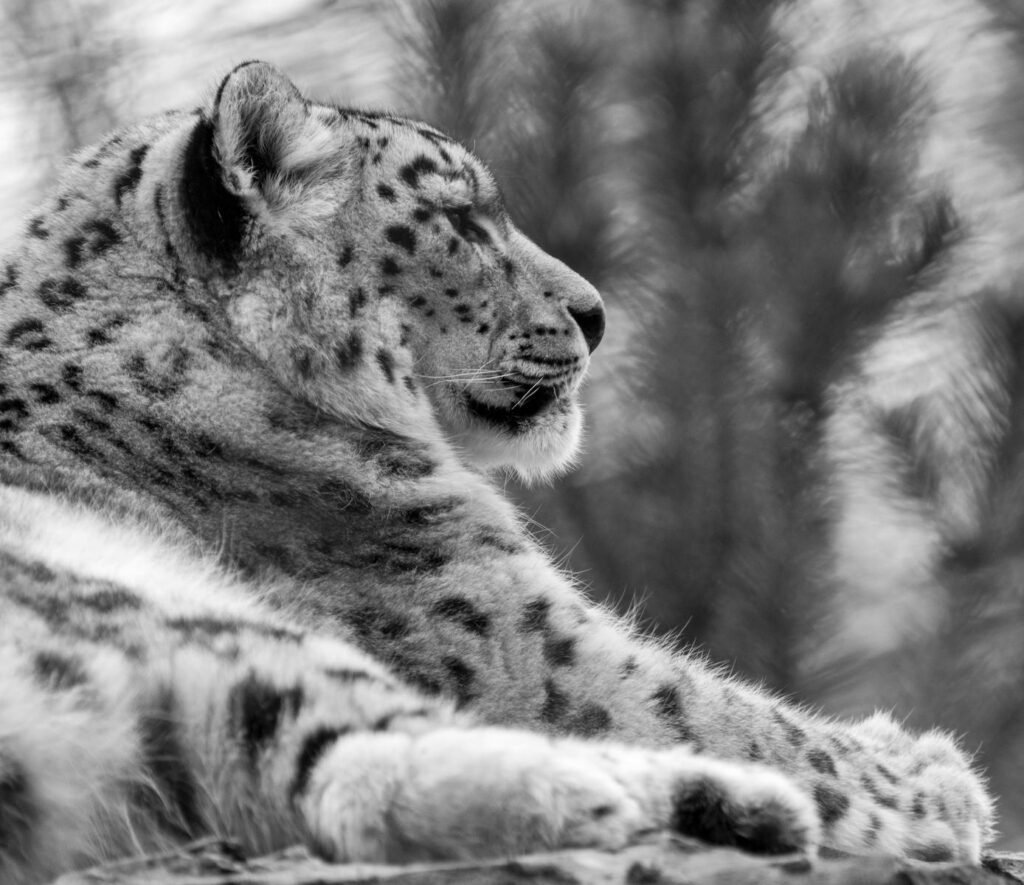
Glaciers are crucial components of the snow leopard ecosystem, providing a steady water supply and supporting plant and animal life in these high-altitude regions. Climate change-induced glacial melt threatens this balance, endangering not just the leopards but also the communities and species reliant on these water sources.
Changes in Prey Availability
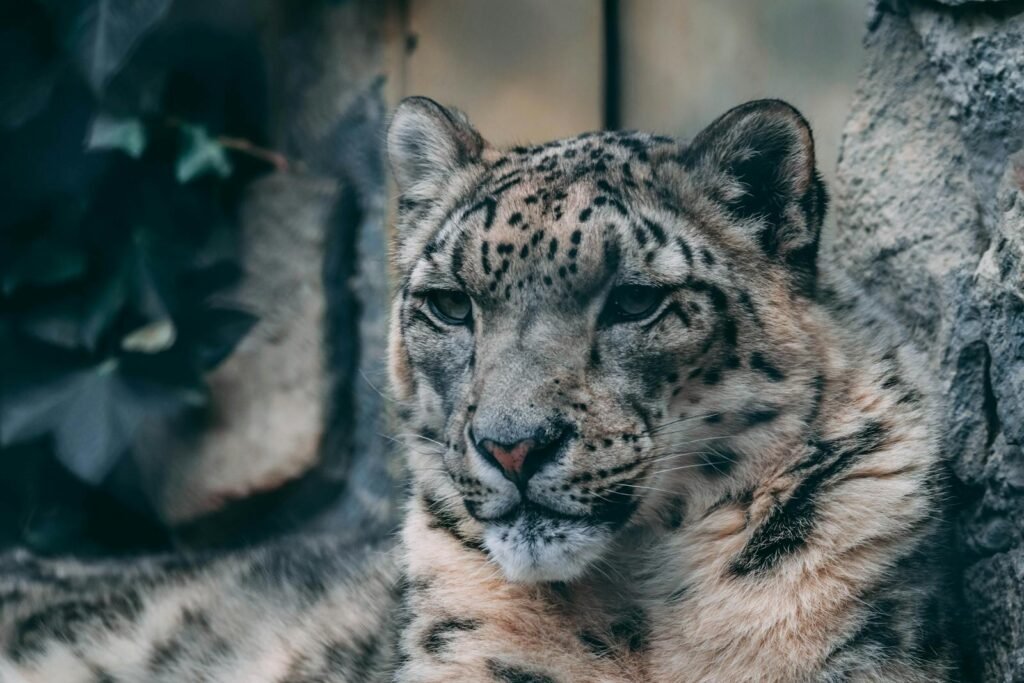
Snow leopards primarily prey on ungulates like the bharal (blue sheep) and ibex. Climate change can alter the availability and distribution of these prey species. Warmer temperatures and changing vegetation patterns may force prey species to move to new areas, leaving snow leopards with fewer hunting opportunities and potentially leading to malnutrition or starvation.
Increased Human-Wildlife Conflicts
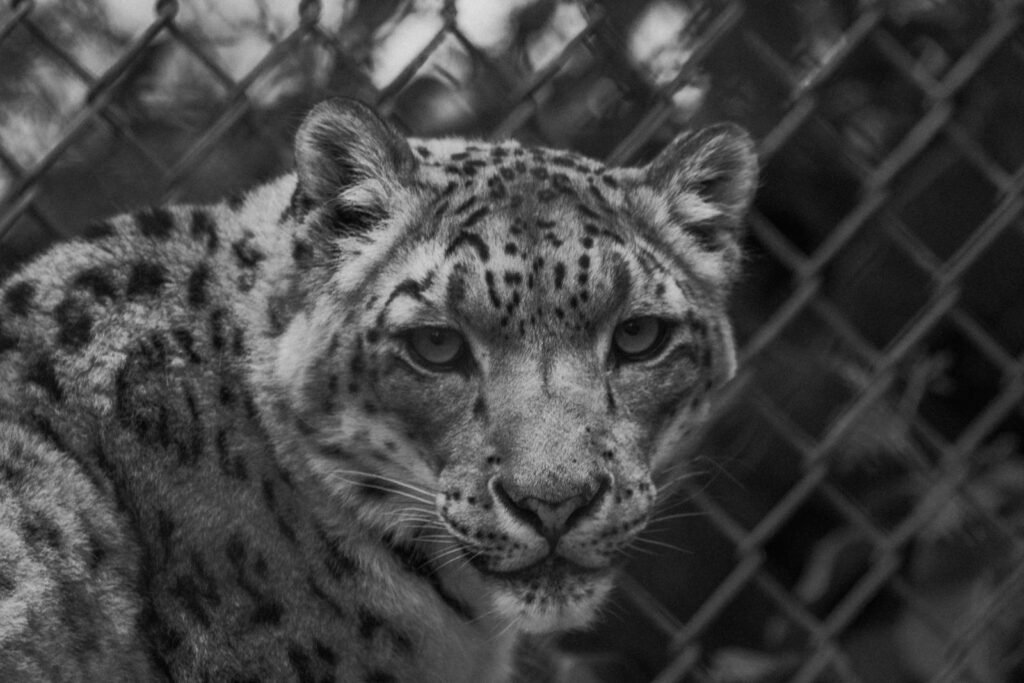
As snow leopards are pushed into smaller areas due to habitat loss, they are more likely to come into contact with human populations. This overlap can lead to increased predation on livestock, prompting retaliatory killings by local herders. Such conflicts are a major threat to snow leopard survival, exacerbated by the changing climate.
Conservation Efforts and Challenges
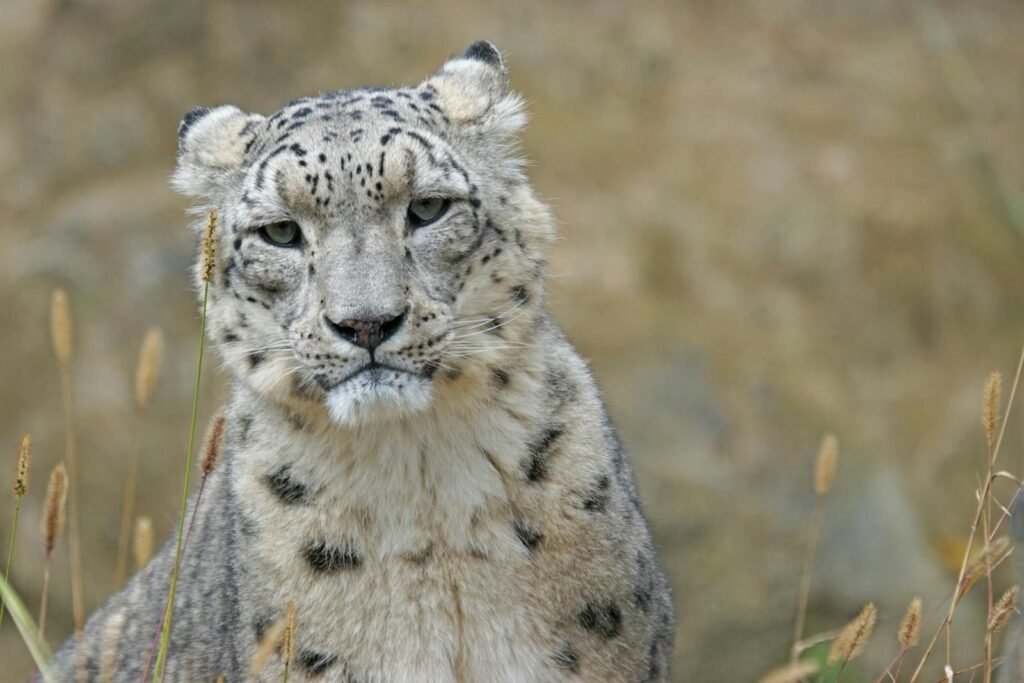
Numerous organizations are working to conserve snow leopards through habitat protection, anti-poaching measures, and community-based conservation programs. However, these efforts face hurdles due to the complex geopolitical landscape of snow leopard habitats and limited funding. Climate change adds another layer of complexity, necessitating international collaboration and innovative solutions.
The Role of Community Engagement

Engaging local communities is crucial for the conservation of snow leopards. Initiatives that offer compensation for livestock losses, promote sustainable herding practices, and educate about the importance of preserving snow leopard populations can help mitigate human-wildlife conflict. Community-based conservation programs have shown promising results in creating a symbiotic relationship between people and wildlife.
Future Prospects and Hopes
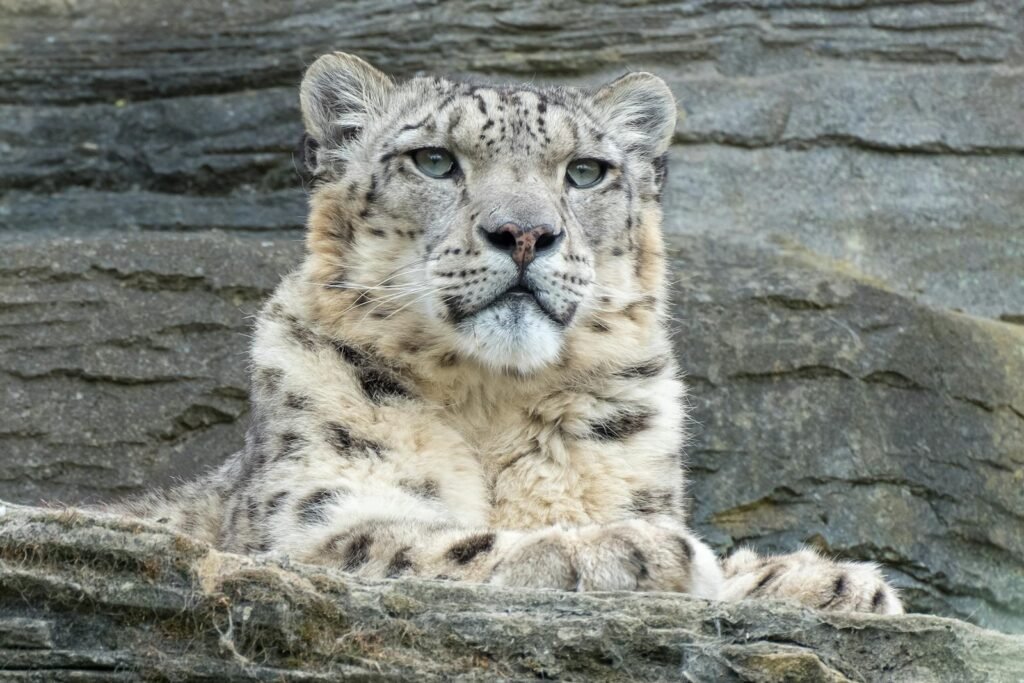
The future of snow leopards in a changing climate is uncertain, but not without hope. Technological advances in wildlife monitoring, increased global awareness, and concerted conservation efforts offer a path forward. Adaptive management strategies that consider climate change projections will be crucial for ensuring the long-term survival of snow leopards.
Conclusion
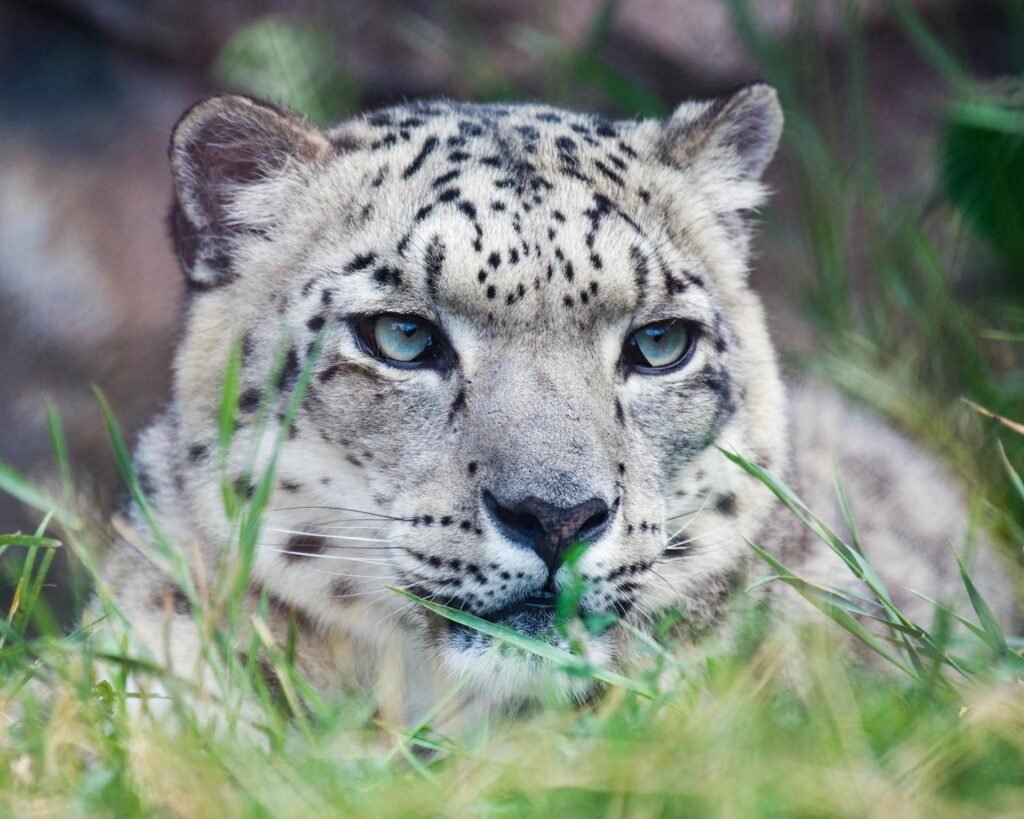
Snow leopards are icons of the wild, representing the beauty and fragility of our natural world. The impact of climate change on their populations highlights the interconnectedness of ecosystems and the urgent need for comprehensive action. By addressing the challenges posed by climate change and fostering strong international and local partnerships, we can strive to preserve these elusive cats for future generations.
Hi, I’m Bola, a passionate writer and creative strategist with a knack for crafting compelling content that educates, inspires, and connects. Over the years, I’ve honed my skills across various writing fields, including content creation, copywriting, online course development, and video scriptwriting.
When I’m not at my desk, you’ll find me exploring new ideas, reading books, or brainstorming creative ways to solve challenges. I believe that words have the power to transform, and I’m here to help you leverage that power for success.
Thanks for stopping by, Keep coming to this website to checkout new articles form me. You’d always love it!





